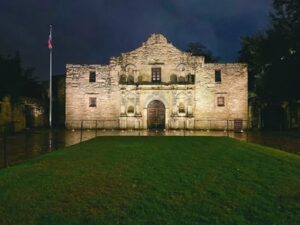Children absolutely adore spending time outdoors, exploring and searching for various bugs. Outdoor play is incredibly valuable for kids, offering numerous benefits, although it rarely makes history.
Earlier this year, a group of young students from an elementary school in California discovered an ancient sloth bone while playing in a creek within the Santa Cruz Mountains.
Bryn Evans, an educator at Tara Redwood School, shared that her students have been engaged in constructing a dam and exploring for crawdads.
“They were sifting through the mud, retrieving objects, when one of them emerged with an exclamation, ‘This isn’t a stick; it’s a bone,’” Evans recounted.
The bone was transported to the Santa Cruz Museum of Natural History, where it was analyzed by Wayne Thompson, the Paleontology Collections Advisor. Thompson worked closely with specialists in fossil sloths to determine the species.
A sediment deposit from the Ice Age, estimated to be between 11,500 and 300,000 years old, yielded this remarkable find. The sloth bone discovered is the earliest known fossil of its kind identified in the Santa Cruz region.
Jefferson’s ground sloths were massive, herbivorous mammals that are now extinct. They weighed between 2,200 and 2,425 pounds and could reach lengths of up to three meters.
These three-toed sloths moved on all fours but could also stand upright on their hind legs. They sought refuge in caves for protection and shelter.
Museum experts suggest that prehistoric sloths probably inhabited areas near lakes and rivers within dense forests. These ancient creatures possessed blunt snouts and elongated, sharp claws, which were adept at stripping foliage from branches.

They were named to honor Thomas Jefferson, who introduced the species to the American Philosophical Society in 1797.
The fossil was showcased in the museum’s Art of Nature Exhibit. It was subsequently preserved in the collections for future study and research.
Fossils provide a fascinating link to our distant past,” said Felicia Van Stolk, the executive director of the museum. “We’re thrilled that young students have made this significant discovery, which will inspire future generations.








